How to match an amplifier to your speakers?

Sound has long become a constant part of the life of every modern person - it is thanks to it that each of us can compose an adequate picture of what is happening around. Of course, in recent years, active speakers with built-in amplifiers have become increasingly popular. Nevertheless, only passive acoustics allow you to fully enjoy audio compositions. Speakers of the highest quality, as a rule, do not have their own amplifier, so you have to buy it separately. In our article we will look at the features of receivers for speakers and the rules for their selection.
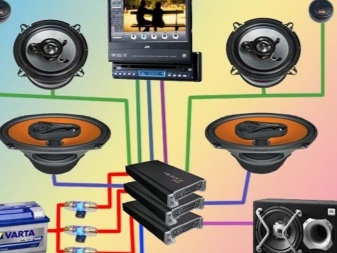

Main criteria
In order to achieve pure, high-quality sound, you need to choose the right receiver. This is not at all as easy as it might seem. In this case, you need to take into account a large number of nuances.
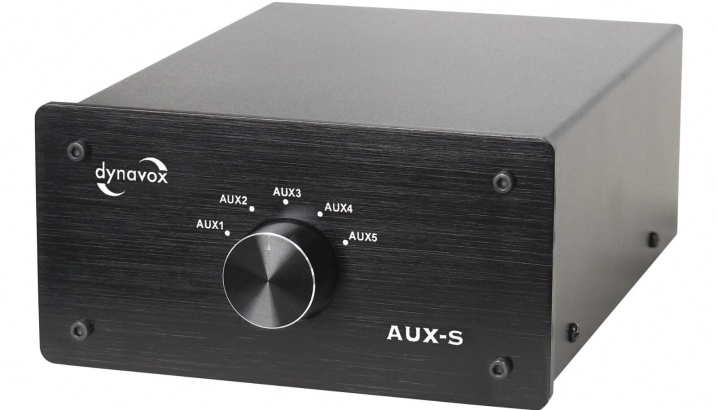
Balance with speaker system
For high-quality sound, it is important that there is a balance between all the parameters of the receiver and the speakers. The amplifier should be about 60% more powerful than the speakers.
Only such a difference in power characteristics allows you to get clear sound with minimal distortion of the audio signal.
This statement is based on the years of experience of owners of all types of audio systems. If the difference in power is greater than the indicated designation, then the amplifier will overheat and quickly fail.

Power selection
Power is considered one of the basic indicators by which you can determine which type of amplifier to buy. In order to determine the optimal value, for a start, the purpose of using the equipment and the features of the dimensions of the room where it will be installed should be indicated.
So, if you buy an acoustic installation at home, in a residential apartment or a house of standard sizes, where additional sound insulation is not provided, it is better to adhere to the rule: for each square meter of area, about 3 W of rated power is needed... This ratio is considered the best and provides comfortable listening to your favorite tracks so as not to annoy your household and neighbors.
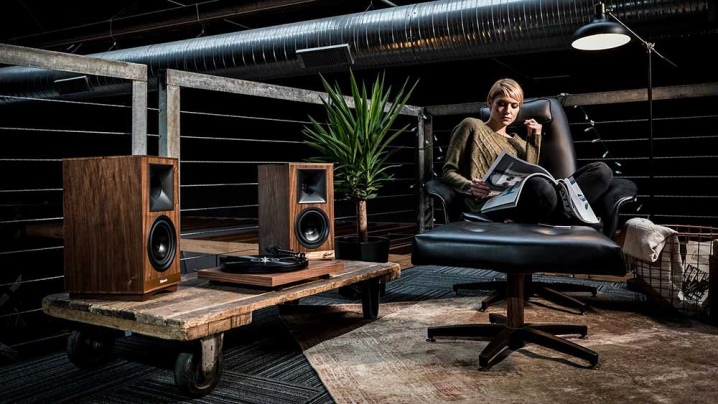
If you are choosing a receiver for overall spaces or for open areas, then the power characteristics should be higher... In this case, it is better to rely on the basic technical parameters of the acoustic installation. Be sure to pay special attention to the impedance indicators of the speakers: the best solution would be a sound amplifier designed for an impedance higher than that of the existing working equipment. Only in this case the sound will be smooth, loud and clear.
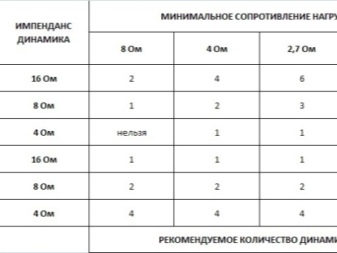
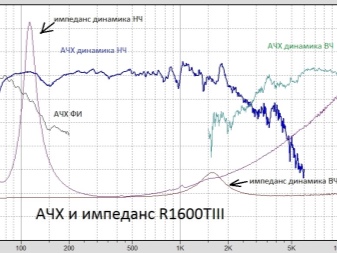
Accounting for technical characteristics
In addition to power indicators, any receiver has a number of other technical and operational characteristics.
- The degree of distortion. The Hi-End system has a baseline value close to 1%. In order for the sound to be optimal, it is very important that this parameter does not exceed the 2-3% mark.
- Damping. This parameter means how much the amplifier is able to suppress dynamic vibrations. It is best to buy an audio system with a damping index of at least 100.
- Noise. This is the characteristic that is responsible for how much the amount of interference will be at increased volume. The higher the value of the indicator, the less of these same noises and backgrounds you will receive at the output.
- frequency range... The human hearing perceives sounds in the corridor from 20 to 20,000 Hz. It is better to select the receiver so that the upper frequency parameter is approximately 2 times higher than 20,000 Hz.
- Resistance... It is generally accepted that the higher the impedance, the better the sound reproduction at the output will be, since the impedance dampens distortions, backgrounds and noise. But, unlike the same headphones, where the impedance parameters often vary over a fairly wide range, audio speakers have a standard impedance in the corridor from 4 to 8 ohms. In this case, it is very important to take into account that, other things being equal, the higher the resistance, the lower the power consumption of the speakers and, accordingly, the sound volume.
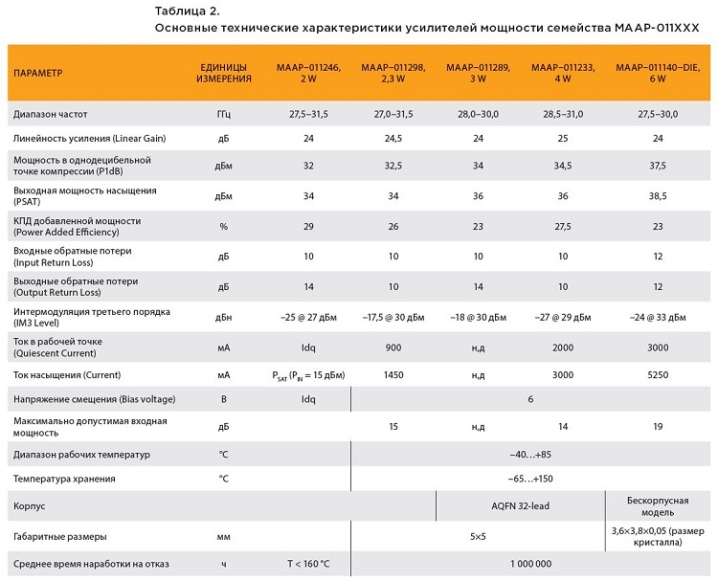
Extra options
When buying a receiver, answer the main question: "What kind of sound do you prefer: modern clear" at all frequencies "or old soft?"
It largely depends on which amplifier you should choose so that listening to music brings you only pleasure.
It's not a secret for anyone that if the sound is not to the liking of the listener, even the correct selection of playback parameters will not save. There are two common amplifier options here.
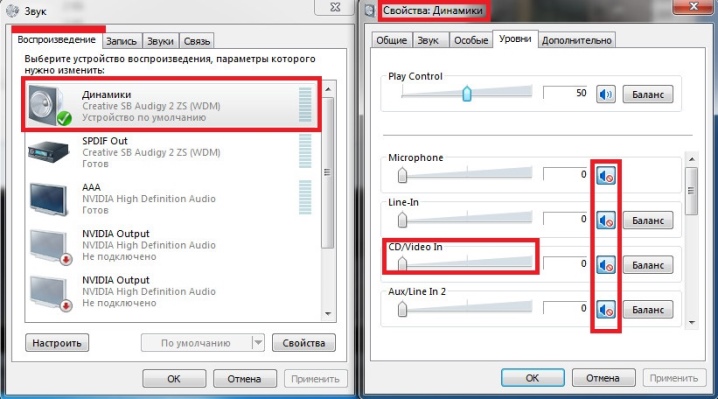
Lamp
Of course, the expression "warm tube sound" these days is already difficult to perceive without some irony, and yet the nature of sound reproduction is different. It has fewer different noises, all kinds of distortions at short loads, completely eliminates additional distortions that can give some "flavor" to the melody. If you listen to some old melody or its more modern version, recorded by analog method from audio cassette, then it makes sense to give preference to tubes.
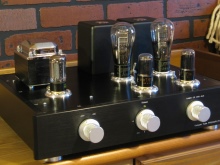
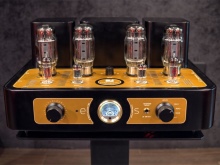

Integrated Circuit Amplifiers
This type of equipment is more modern, it is characterized by accurate sound without distortion typical for lamps, which imparts some "warmth". Such devices will be the best choice for listening to all types of modern music - from hard rock to hip hop and club tunes.
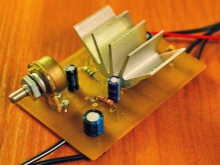

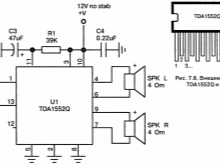
How to choose for a car?
Not a single receiver, even a very expensive receiver, or a single acoustics of the highest quality, is capable of achieving high-quality sound of audio files in a car. The reason for this is low power, temperature fluctuations and poor ventilation inside the vehicle. That is why, when choosing equipment for a car, one should start from the same requirements as when buying acoustic systems for domestic home use, but always taking into account certain nuances. So, if your car has a complicated design, then it is better to give preference to a multichannel audio system, since all units will need their own separate amplifier.
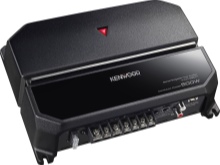
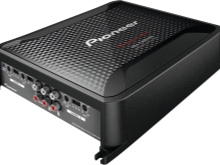
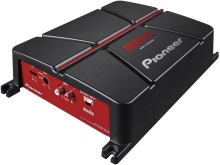
What happens if you make the wrong choice?
In conclusion, let's talk about what the wrong choice of a receiver for audio speakers is fraught with, what can go wrong and how to choose an amplifier in such a way as to minimize the risks. Let's consider the most common situations.
The receiver's power exceeds the power of the speakers. If you do not plan to turn on the installation at full, then this will be uncritical.
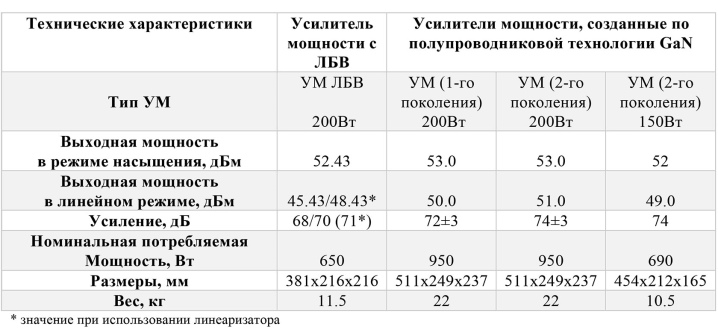
Normally, it is enough for the receiver to work at 55-70% of its maximum maximum, moreover, it is this combination, according to experts, that provides the highest quality sound. At the same time, there is always the possibility that one day you, accidentally forgetting, set the volume to the maximum value. This can damage the speaker diffusers. By the way, just such a case was described in the famous film "Back to the Future", when at the very beginning of the film, the main character Marty McFly does just that, and with the most destructive consequences.

The power of the amplifier exactly matches the power characteristics of the speakers. At first glance, such a situation may seem ideal, but at maximum volume, such a speaker system begins to distort, while the receiver at its maximum level can transmit electric current to the speakers, this starts to spoil them.
Installations of the highest quality are usually equipped with special capacitors, which allow avoiding such "frying" of the speakers with current, but this applies only to the most expensive products. In all other cases it is better not to risk in vain and turn on the automatic setting at the same 55-70% of their power capabilities.
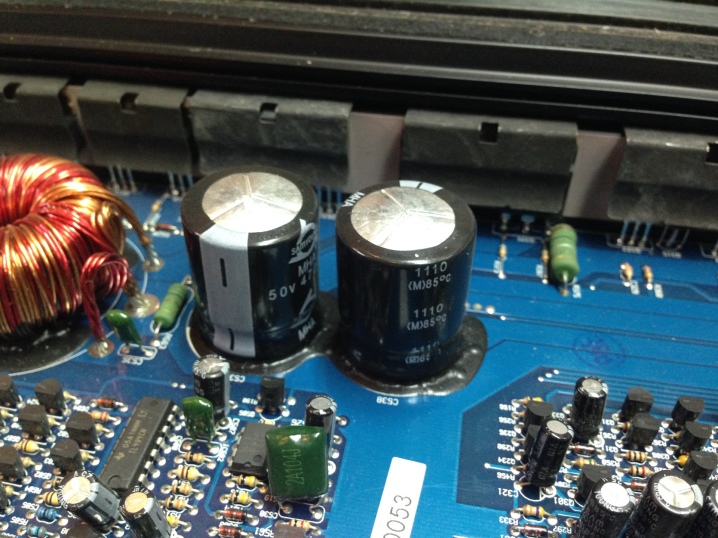
The power of the amplifier is slightly lower than the power of the speaker system. It would seem that breakdowns are completely excluded here. But even in this case, the danger of "roasting" by direct current remains in the case when the receiver starts to work at full capacity. If you run it at 60-70%, then the likelihood of equipment damage is excluded, but then the acoustics will not be able to fully show all the available potential.
With regard to impedance, here all possible combinations are reduced to the following. The receiver impedance is higher than the speaker impedance.
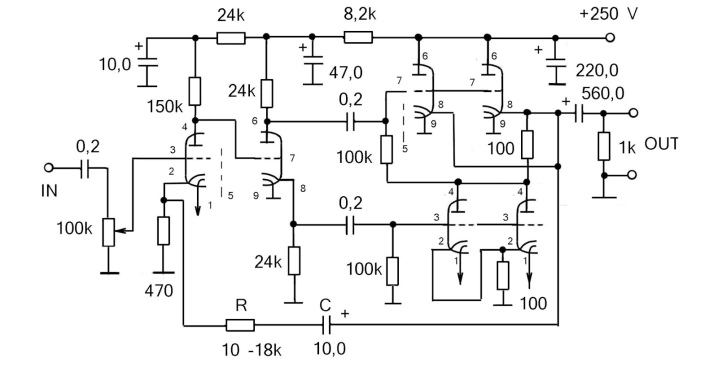
Such a combination is quite dangerous, since the speakers may simply not cope with the incoming audio signal and fail. This should be avoided. The impedance of the amplifier exactly matches the impedance of the speakers. This option is considered optimal. The amplifier impedance is just below the speaker impedance level. In this case, you risk the operation of the equipment, nevertheless, the output power indicators will be 1.5-2 times lower than the real capabilities of your acoustic installation. That is, these speakers will simply not sound quality.
How to choose an amplifier, see below.













The comment was sent successfully.